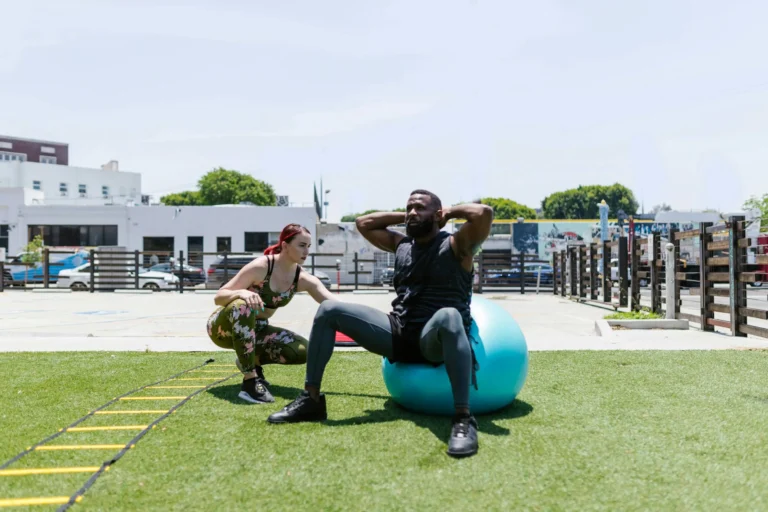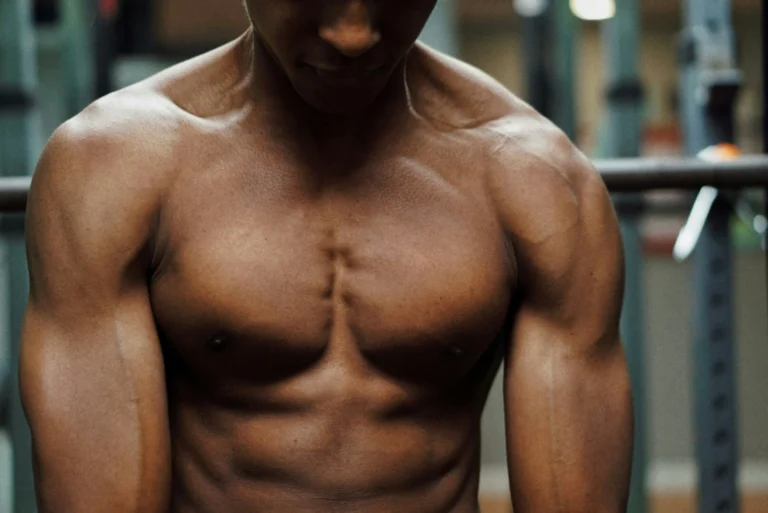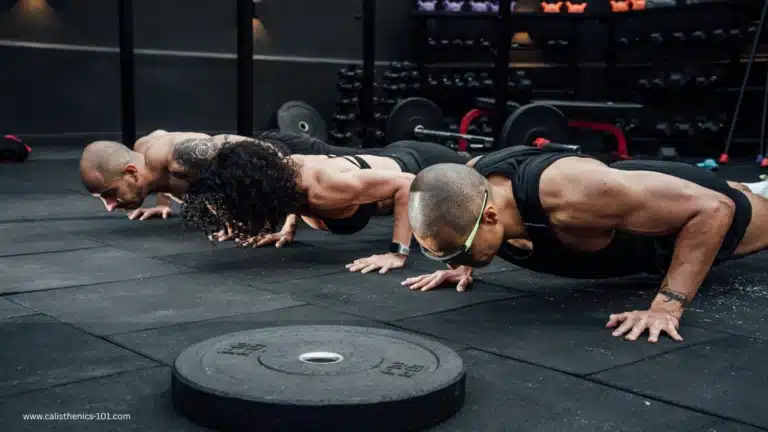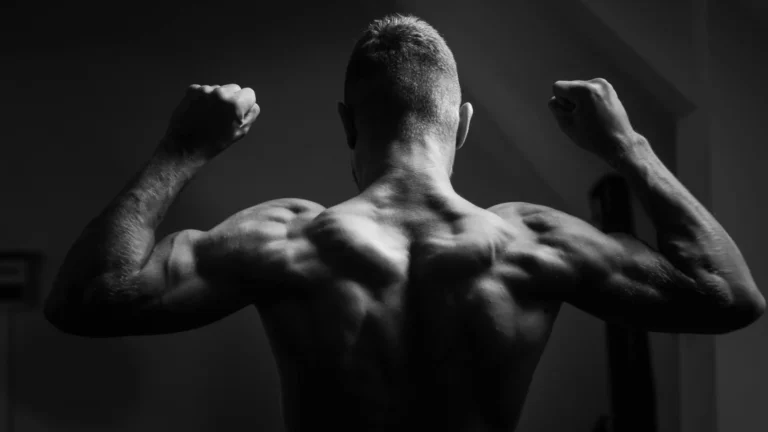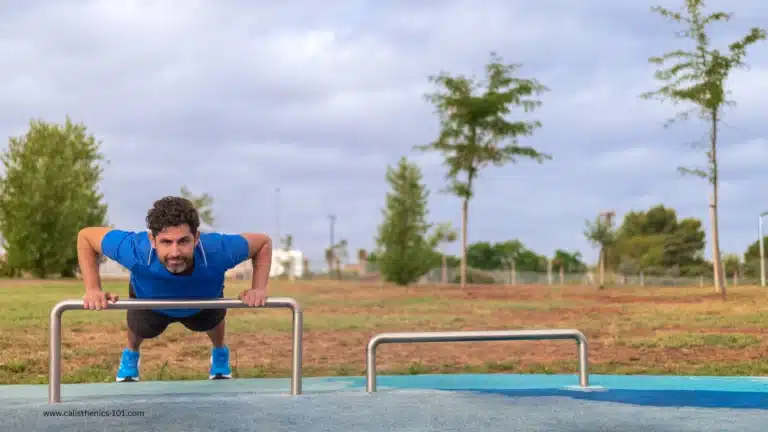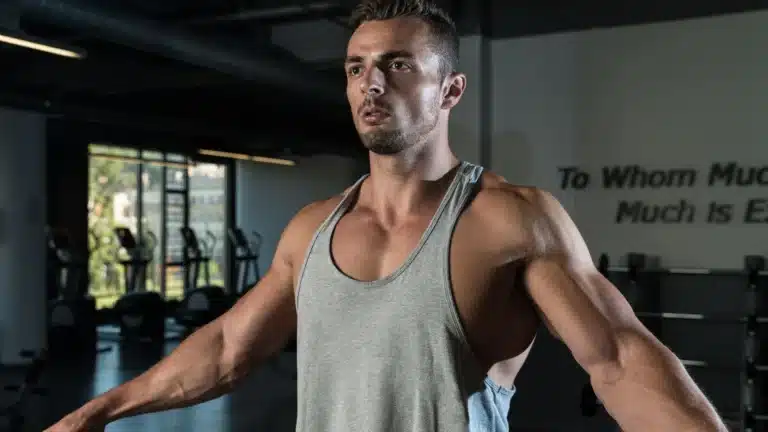Lower Chest Calisthenics: 7 Powerful Tricks for Explosive Gains
If you’re aiming to build a well-defined, muscular chest with nothing but your bodyweight, mastering lower chest calisthenics is a game-changer. Whether you’re a beginner or have been training for a while, focusing on the lower chest can dramatically improve your chest shape and strength. In this guide, you’ll discover proven tips and effective exercises to maximize muscle growth in your lower chest using calisthenics. Let’s dive in and help you sculpt that powerful lower chest you’ve been working toward.
Understanding Your Lower Chest and How It Grows
Before you start training, it’s important to understand what exactly the lower chest is and how muscle growth happens in this area.
What Is the Lower Chest?
Your chest muscle, or pectoralis major, has different parts — the upper, middle, and lower fibers. The lower chest specifically refers to the bottom section of this muscle group. When developed, it gives your chest that rounded, full look and a well-defined lower edge. Many people overlook this area, focusing instead on flat or incline movements, but targeting the lower chest is essential for balanced chest development.
How Does Muscle Growth Happen?
Muscle growth, or hypertrophy, happens when you place your muscles under progressive tension. With lower chest calisthenics, this means performing movements that recruit and fatigue the lower fibers of your chest effectively. Your body responds by repairing and growing the muscle fibers stronger. The key ingredients for growth are:
- Mechanical tension (muscle load)
- Muscle fatigue (training close to failure)
- Recovery and nutrition
Because calisthenics uses your bodyweight, you’ll focus on increasing difficulty and volume over time to keep challenging your lower chest.
Best Lower Chest Calisthenics Exercises for Maximum Growth
Now, let’s explore some of the best bodyweight exercises that specifically target your lower chest. These moves are proven to stimulate muscle growth when done with proper form and intensity.
Top 5 Lower Chest Calisthenics Exercises
- Decline Push-ups:
Place your feet on an elevated surface (bench, step) and hands on the floor. This angle shifts the emphasis to your lower chest. Keep your body straight and lower yourself slowly. - Chest Dips (Leaning Forward):
Use parallel bars and lean your torso forward while dipping. This position maximizes lower chest activation compared to upright dips. - Archer Push-ups:
Spread your arms wider and shift your body weight side to side during the push-up. This creates more load on one side of the lower chest at a time. - Elevated Feet Push-ups:
Similar to decline push-ups but done with different heights or angles to continually challenge your lower chest muscles. - Negative Dips:
Slowly lower yourself on the dip bars, controlling the descent for 3–5 seconds. This eccentric movement boosts muscle tension and growth.
Exercise Variations and Progressions
To keep seeing progress with lower chest calisthenics, it’s crucial to increase difficulty as you get stronger. Here’s how:
- Add slow negatives or eccentric holds to increase muscle time under tension
- Use resistance bands or weighted vests for extra load
- Increase reps or sets progressively
- Try explosive variations, like clap push-ups, for power and muscle fiber recruitment
Training Tips for Maximum Lower Chest Muscle Growth
Getting stronger and bigger lower chest muscles is not just about picking exercises. How you train matters equally.
Optimize Training Frequency and Volume
For most people, training your lower chest 2–3 times per week yields the best results. Avoid overtraining by allowing at least 48 hours of rest between sessions. Aim for:
- 3 to 4 sets per exercise
- 8 to 15 reps per set
- Rest periods of 60–90 seconds between sets
This balance helps stimulate growth without excessive fatigue.
Perfect Your Form to Maximize Activation
Form is everything when working your lower chest. Here are some key tips:
- Keep your elbows slightly tucked (about 45 degrees) to protect your shoulders and focus on chest activation
- Lean forward during dips and keep your chest lifted
- Use full range of motion, lowering your chest below the bar or floor level on dips and push-ups
- Control your movements with slow tempos, especially on the lowering phase
Avoid common mistakes like flaring your elbows or using momentum to push up.
Nutrition and Recovery Matter
Your muscles grow when you rest and recover, not during the workout. Support your training with:
- Adequate protein intake (about 1.6–2.2 grams per kg of bodyweight daily)
- Balanced carbs and healthy fats to fuel workouts and recovery
- Proper hydration
- Quality sleep (7–9 hours per night)
Consider supplements like whey protein or creatine if your diet lacks protein or you want an extra edge in recovery.
Sample Lower Chest Calisthenics Workout Plan
Here’s a simple but effective 4-day workout plan you can follow to target your lower chest and maximize muscle growth.
| Day | Exercise | Sets | Reps | Rest Between Sets |
|---|---|---|---|---|
| 1 | Decline Push-ups | 4 | 10-12 | 60 seconds |
| 2 | Chest Dips (lean forward) | 3 | 8-10 | 90 seconds |
| 3 | Archer Push-ups | 3 | 6-8 | 60 seconds |
| 4 | Negative Dips | 3 | 5-7 | 90 seconds |
Adjust reps or sets based on your fitness level and aim to increase difficulty gradually.
Frequently Asked Questions About Lower Chest Calisthenics
Can calisthenics alone build a well-defined lower chest?
Absolutely! With consistent training, proper exercise selection, and progression, lower chest calisthenics can build strength and definition comparable to weightlifting.
How long before I see noticeable muscle growth?
Most people start seeing changes in muscle size and shape after 6 to 8 weeks of regular training combined with good nutrition.
Are dips better than push-ups for targeting the lower chest?
Both are effective, but dips tend to activate the lower chest more when performed leaning forward. Push-ups are great for beginners and those without access to dip bars.
How do I avoid shoulder pain during dips or push-ups?
Maintain proper form by keeping elbows tucked and avoiding overextension. Warm up your shoulders and gradually increase intensity to prevent injury.
Should I combine weights with calisthenics for faster results?
Weights can enhance muscle growth, but if you focus on progression and volume, lower chest calisthenics alone can produce impressive results.
Final Thoughts
Building a strong, well-defined lower chest with calisthenics is totally achievable. By understanding the muscle, choosing the right exercises, perfecting your technique, and prioritizing recovery, you set yourself up for consistent muscle growth. Remember, progress takes patience and dedication, but with these proven tips, your lower chest will become stronger and more sculpted over time.
Ready to take your chest training to the next level? Start incorporating these lower chest calisthenics exercises today and track your progress. Share your journey or ask questions—you’re not alone on this path to muscle growth.
If you want more expert tips and workout plans, check out our additional resources or reach out anytime. Your best lower chest is just a few workouts away!


